Quantifying reduced carbon emissions and meeting 2030 targets is now a reality for architects, engineers and asset owners choosing Wagners' Fibre Reinforced Polymer (FRP) profiles thanks to the businesses new Environmental Product Declaration (EPD).
An EPD is a document which transparently communicates the environmental performance or impact of a product over its lifetime, and includes measurements like the global warming potential or eutrophication (water pollution) of a product to name but two.
Wagners Composite Fibre Technologies (CFT) General Manager Australia New Zealand, Ryan Leeson said EPDs are third-party verified, internationally recognised and make it possible for consumers to compare the impact of different materials on the environment in order to select the most sustainable option for their project.
“Wagners CFT has been a leader in the pultruded FRP industry for some 20-years now having been first in the world to build a road bridge using pultruded FRP structural profiles, first to design and install clip-on pedestrian walk and cycleways to existing bridge structures and the first to design and build the longest riveted FRP truss bridge in Australia, possibly the world,” Ryan Leeson said.
“Now, Wagners CFT is amongst the leaders driving decarbonisation in construction with the launch of our new EPD; which is the first of its kind for pultruded FRP in Australia and only the second of its kind in the world,” Mr Leeson said.
“This EPD is more than just a piece of paper, it is the roadmap our partners can use to decarbonise construction by giving them credible information about our products Life Cycle Assessment (LCA) which has been third-party verified and is internationally recognised; to determine the total environmental impact of infrastructure built out of Wagners’ FRP and compare that information to the same structure built out of other material like timber or steel,” he said.
“Architects, engineers, designers and asset owners can then choose the product with the least environmental impact and calculate the reduction achieved in embodied carbon towards 2030 targets.”
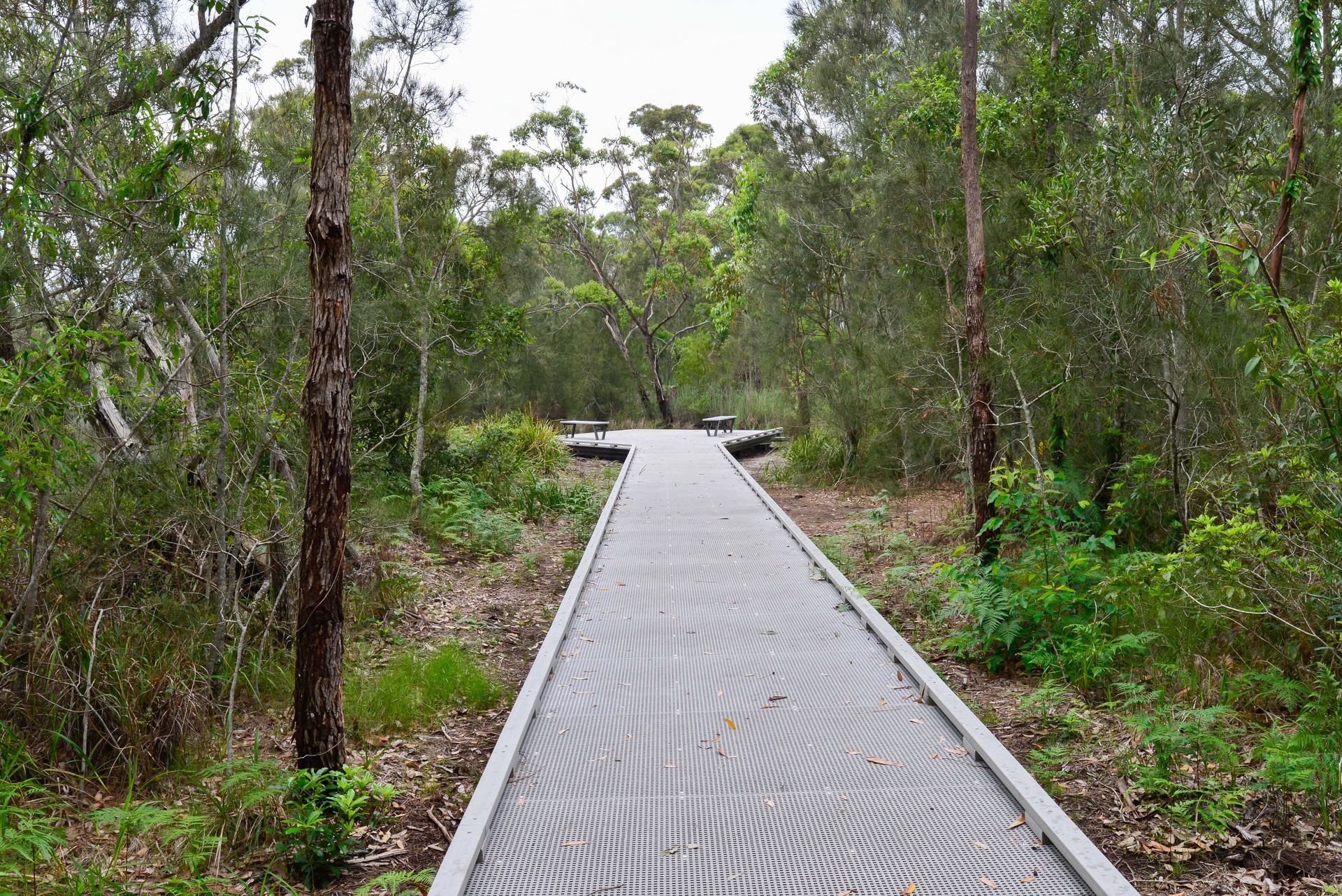
Photo - Bherwerre Wetlands (St George's Basin) in the floodplain delta of Cockrow and Tomerong creeks near Sanctuary Point in NSW is an important habitat for 68 native birds (2 of which are threatened). Wagners FRP provides the perfect solution for this valuable conservation area as it is non-toxic and non-leaching.
The new EPD compliments Wagners CFT’s focus on environmental sustainability.
“This EPD is really the icing on the cake of what is already a high performing product in terms of environmental impact,” Ryan Leeson said.
“One of the attributes of FRP is that it is non-leaching, which means that it is the perfect material for us in areas of high conservation value or high risk of water logging and marine environments because it won’t leach nasty chemicals and toxins into the environment,” Mr Leeson said.
“And after FRP has reached its service life it can be repurposed or recycled into other products rather than disposed as landfill; and this technology is currently in play now with FRP being chipped down to aggregate and used in concrete,” he said.
“Wagners CFT is really excited about the opportunity this EPD gives our customers and partners to contribute to the long term sustainability of our industry and planet and we look forward to working with stakeholders to help them start quantifiably using this EPD and reducing carbon in projects.”
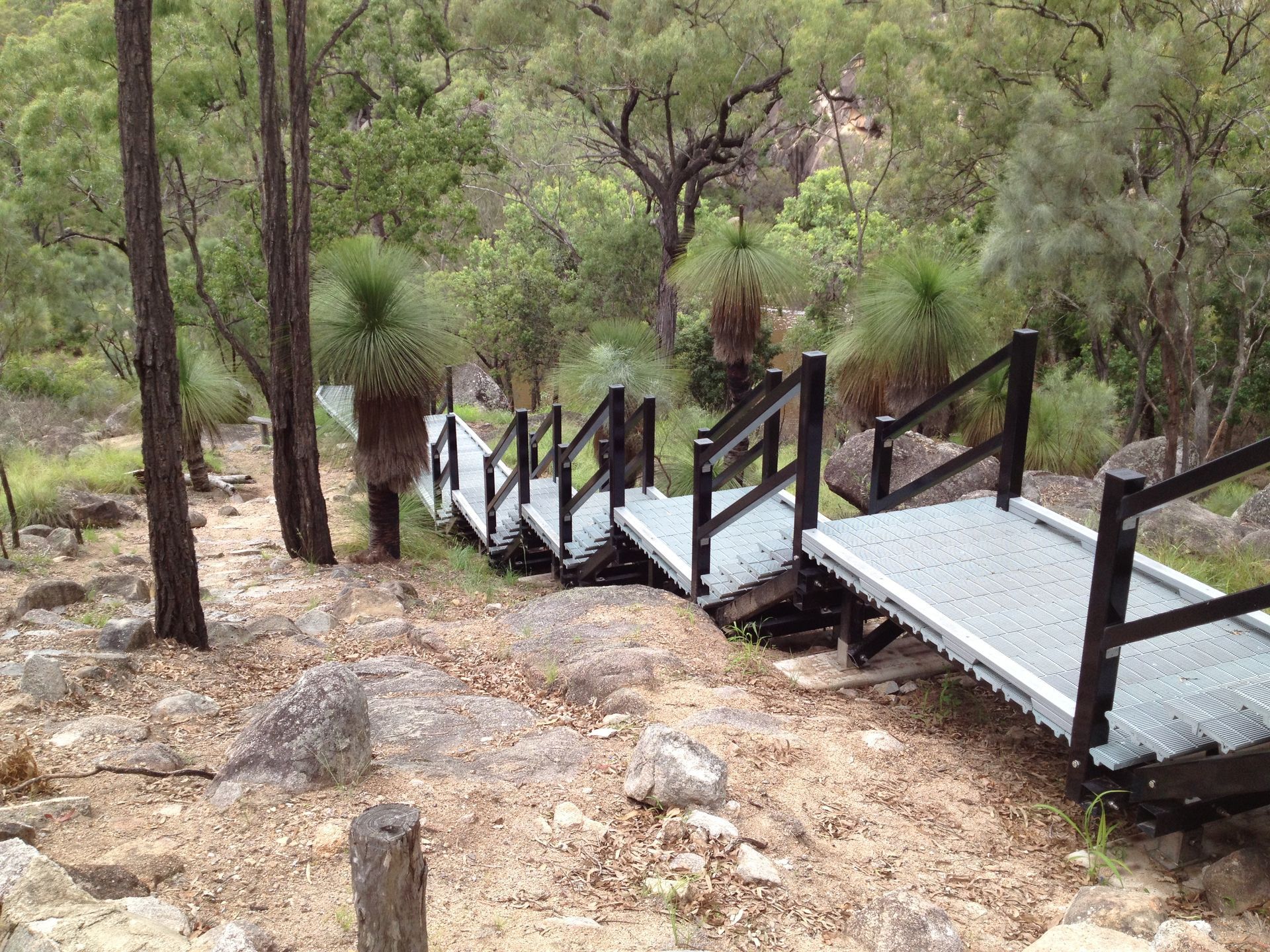
Photo - Coomba Falls near Maidenwell in Queensland is a unique natural landscape known for its striking granite cliffs and deep permanent water holes. Wagners FRP is the perfect solution for locations like Coomba Falls because it has a 100-year design life and is chemically inert so will not rot, rust or corrode.
Meanwhile, EPD Australasia Director Stephen Mitchell said expectations and knowledge about EPDs are rapidly growing within the construction industry.
“We are hearing it a lot less than when I started five years ago; back then it was just another three-letter acronym, but now amongst the sustainability fraternity and in the construction sector, especially bigger construction and developers, there is a high degree of knowledge and awareness about EPDs and that they give an embodied carbon footprint for a product,” Stephen Mitchell said.
“We’ve mapped the growth of EPDs internationally and know that there are now 130,000 EPDs published worldwide but just a few short years ago there were only 30,000; and the upward trend in Australia is on a similar trajectory to what we’re seeing in Europe,” Mr Mitchell said.
“A lot of the EPDs are for concrete, steel and timber in the Construction Products category mainly because they are core construction materials but also because for the industry EPDs for these core products are pretty ubiquitous and expected,” he said.
“We see them less in the fabrication sector or the next tier for finished products.”
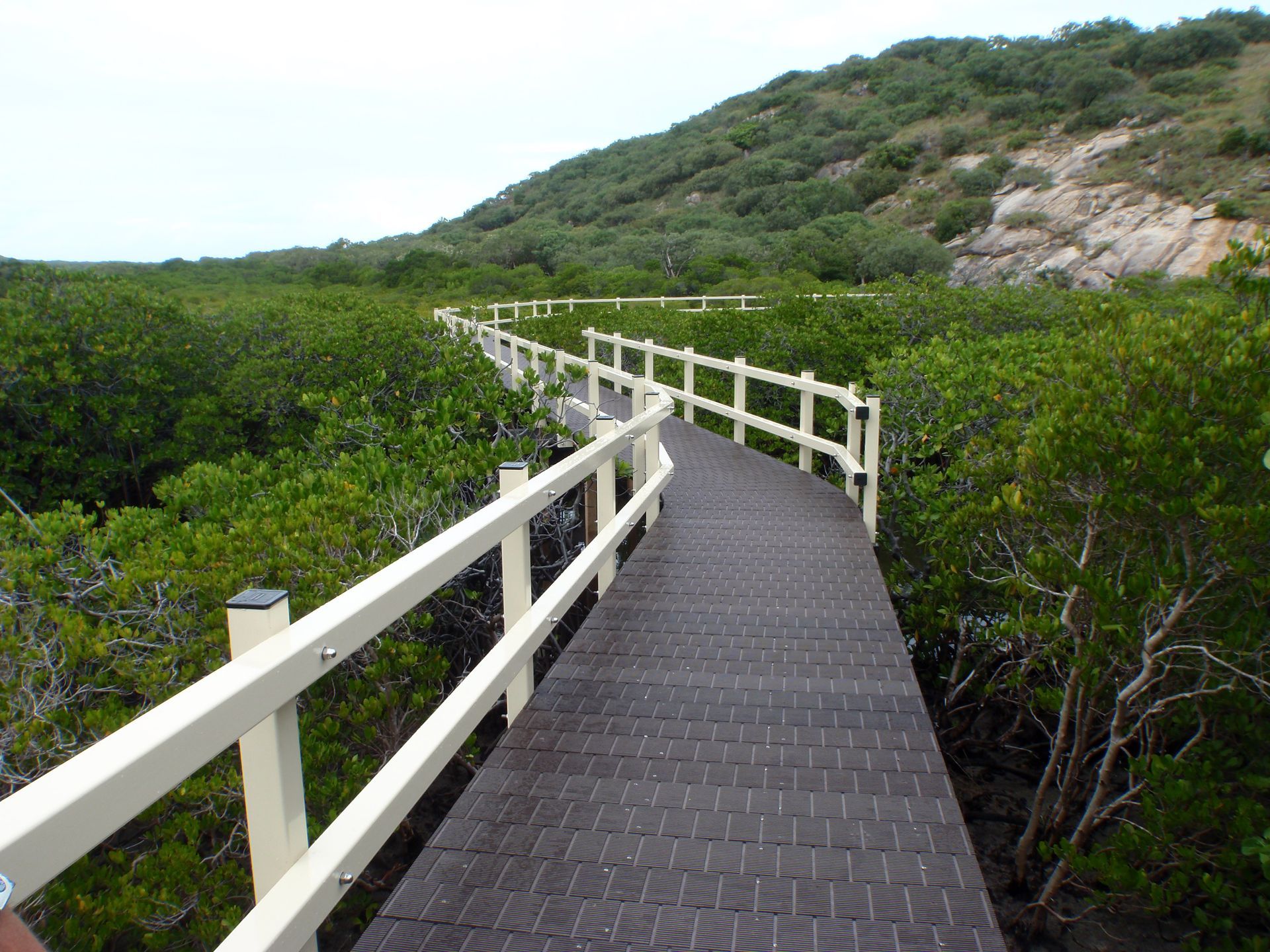
Photo - Lizard Island in far north Queensland is covered in grasslands featuring Eucalypt and acacia woodlands, heaths, paperbark swamps and mangroves. More than 40-species of bird inhabit the island including seabird islets, osprey and terns. Wagners FRP is the perfect solution for locations like Lizard Island because it is resistant to termites and acid sulphate soils.
Consumer expectations and demand appear to be driving industry change towards decarbonization in construction.
“The ability to be able to measure embodied carbon in building and construction is really driving the uptake of EPDs but it's the pressure from asset owners wanting to achieve infrastructure sustainability ratings or green buildings that was the initial force or driver,” Stephen Mitchell said.
“EPDs provide a verified embodied carbon figure; businesses are looking to reduce carbon, we publish the raw data and so recognition really is driving that uptake,” Mr Mitchell said.
“The Green Building Council also recognises product-specific EPDs and so while they are focussed on reducing the embodiment of carbon in buildings, our EPDs help the green building sector to ascertain how best they can achieve that through the selection of products and services that result in the least environmental impact; offset of course by maintaining the building’s aesthetics and functionality,” he said.
“Companies like Lend Lease who have adopted zero carbon targets are a huge driver in this space and they are leading the way in construction along with initiatives like MECLA* which brings together the drive to reduce embodied carbon in the building and construction industry and align the industry with the Paris Agreement targets and principles of a circular economy.”
If you are keen to understand more about Wagners' EPD watch the on demand webinar featuring guest speaker Product Engineer Parminder Singh Jaj and EPD Australasia Director Stephen Mitchell at this link https://youtu.be/KJZQOwF89RA
To read Wagners’ FRP EPD visit
sp10246-wagners-epd-pultruded-gfrp_nov23.pdf
*MECLA = Materials and Embodied Carbon Leaders’ Alliance
https://mecla.org.au
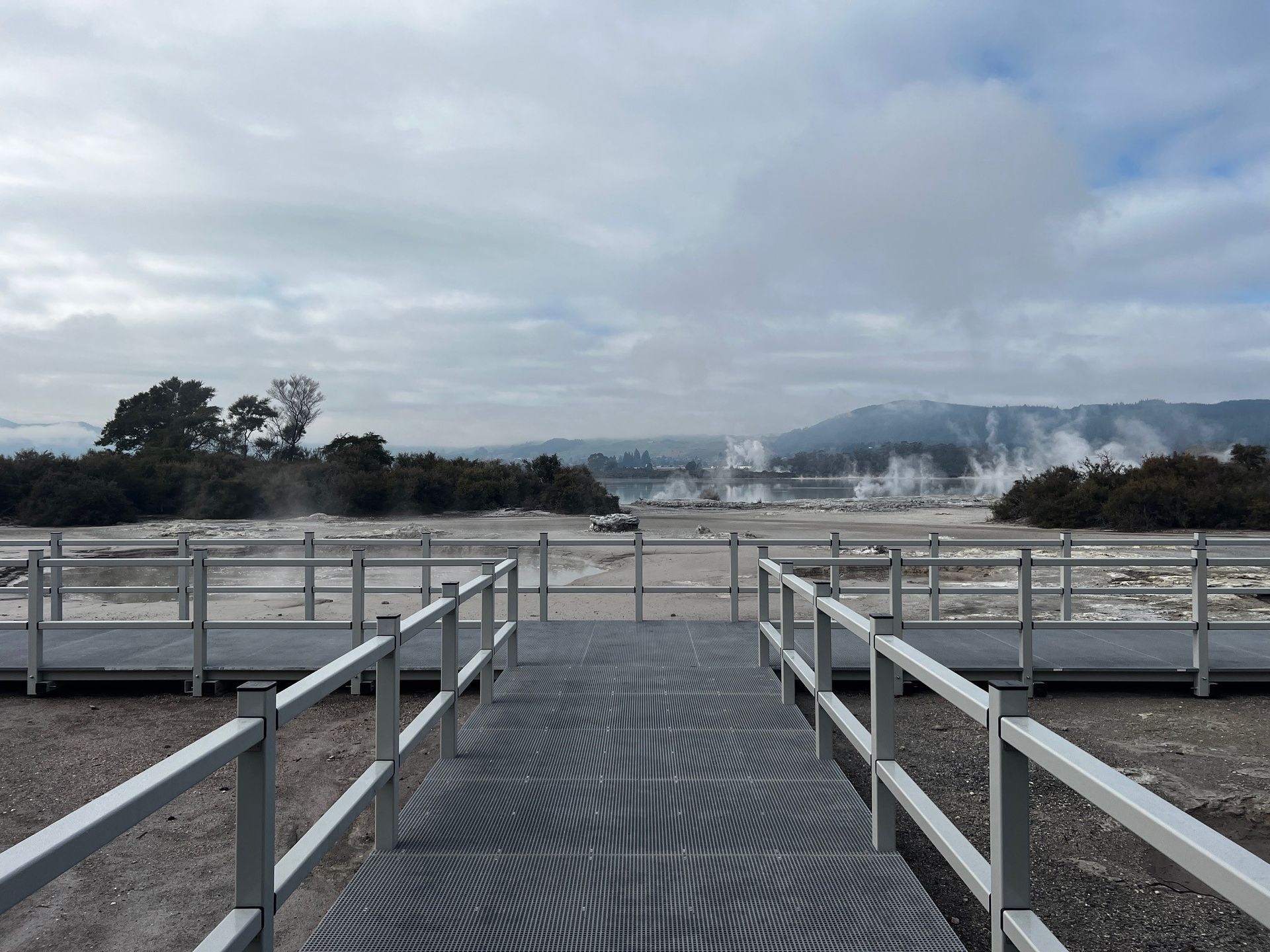
Photo - The south-eastern corner of Lake Rotorua in New Zealand is known s Sulphur Bay and is made of a Widlife Regue and a Wildlife Sanctuary. This area is home to an array of bird species including the nationally threatened New Zealand dabchich, banded dotterel and black billed gull. Wagners FRP pedestrian decking was chosen for this environment because it is chemically inert and will not rot, rust or corrode; and is non-toxic and non-leaching so perfect for this environmentally sensitive landscape.
More stories to explore:

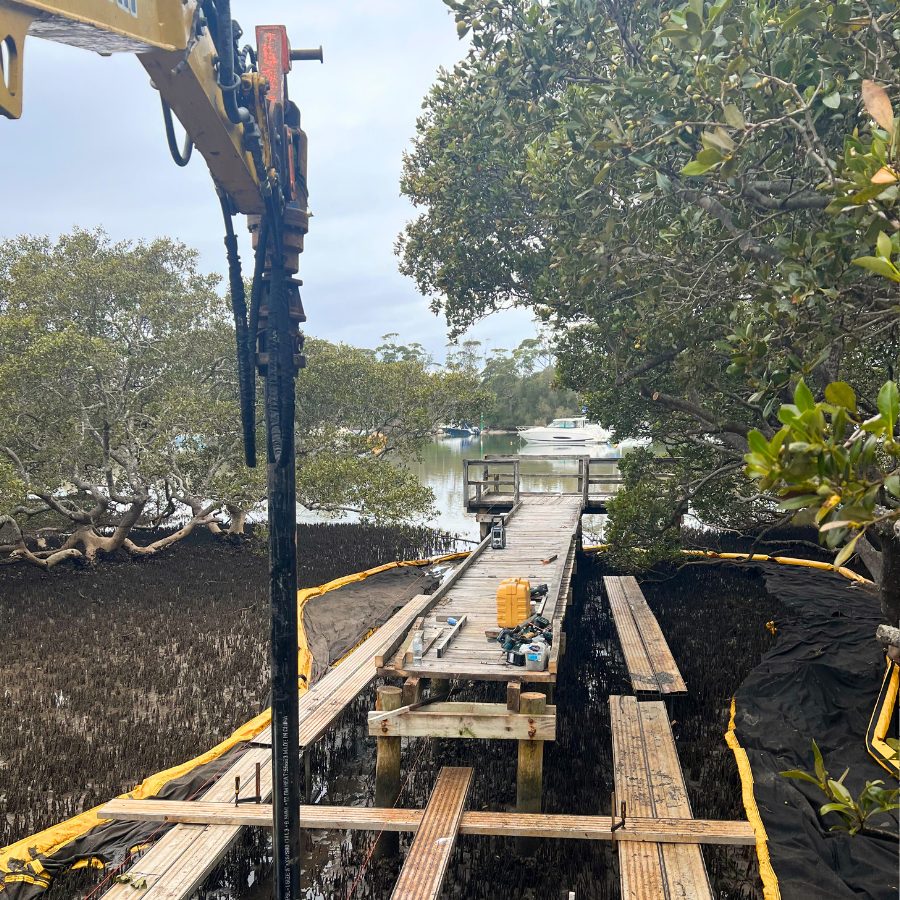
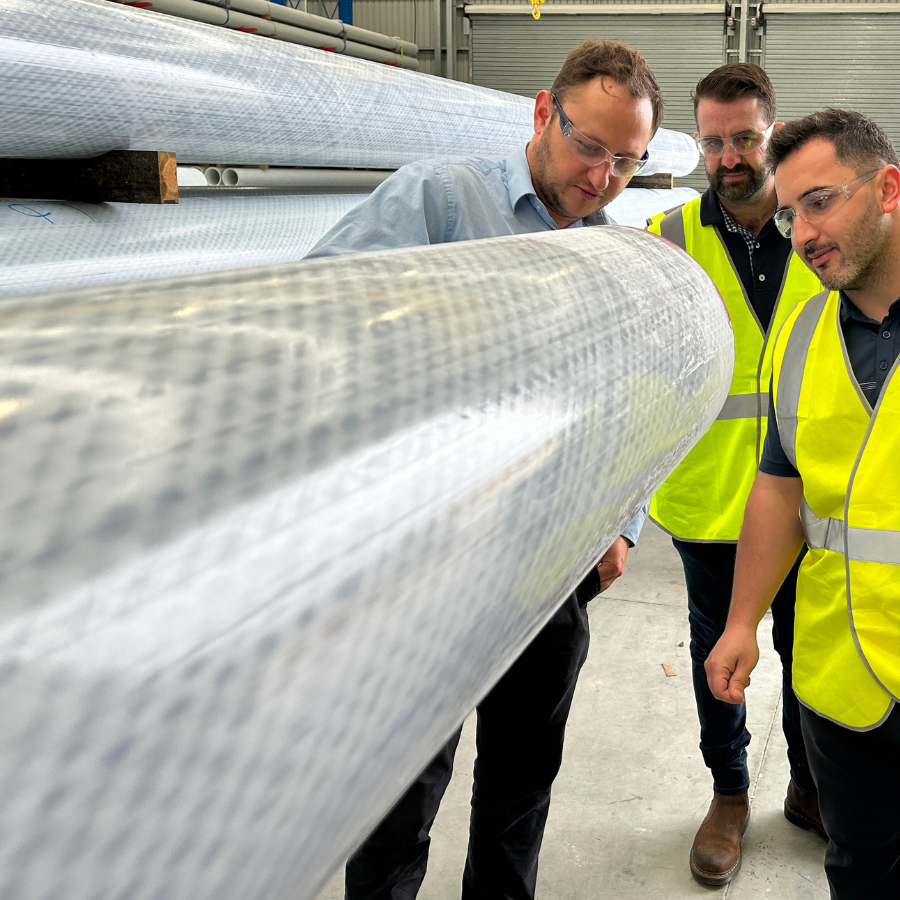
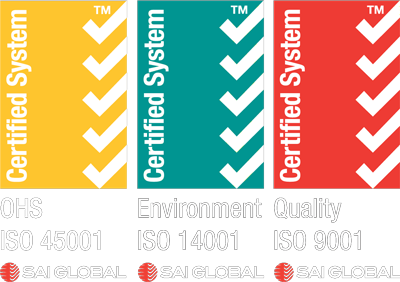
PRIVACY POLICY // © 2023 Wagners // indigo web + black canvas //
